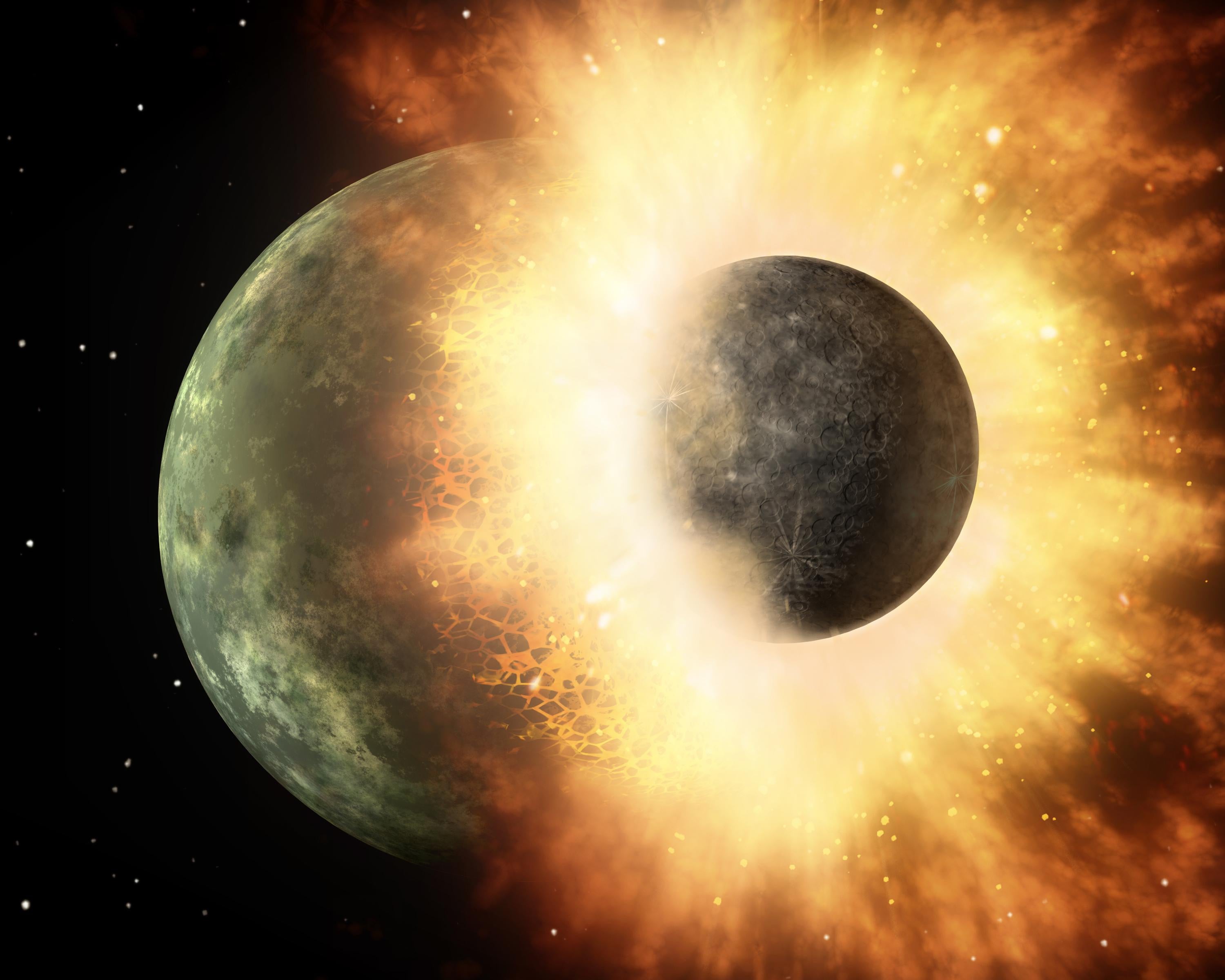Earth’s magnetic field could date to formation of the Moon, scientists say
The researchers argue any model of how the Moon formed must also account for the presence of Earth’s magnetic field

Your support helps us to tell the story
From reproductive rights to climate change to Big Tech, The Independent is on the ground when the story is developing. Whether it's investigating the financials of Elon Musk's pro-Trump PAC or producing our latest documentary, 'The A Word', which shines a light on the American women fighting for reproductive rights, we know how important it is to parse out the facts from the messaging.
At such a critical moment in US history, we need reporters on the ground. Your donation allows us to keep sending journalists to speak to both sides of the story.
The Independent is trusted by Americans across the entire political spectrum. And unlike many other quality news outlets, we choose not to lock Americans out of our reporting and analysis with paywalls. We believe quality journalism should be available to everyone, paid for by those who can afford it.
Your support makes all the difference.Certain well known properties of Earth’s magentic field could help scientists better understand the origins of both the Earth and the Moon.
In a new analysis conducted by scientists at the University of Chicago and the University of Leedspublished Wednesday in the Proceedings of the National Academy of Sciences, the researchers argue Earth’s magnetic field must date back to either before the formation of the Moon, or have arisen during the formation of the Moon.
“Our new idea is to point out that our theoretical understanding of the Earth’s magnetic field today can actually tell us something about the very formation of the Earth-Moon system,” University of Leeds mathematicians and paper co-author David Hughes said in a statement. “At first glance, this seems somewhat surprising, and previous theories had not recognized this potentially important connection.”
The new work rests on two fundamental observations.
First, most theories of how Earths’ Moon formed involve some sort of massive impact between the primordial Earth, which throws out enough molten rocky mass to form the Moon we know today.
Second, Earth’s magnetic field is generated by it’s internal dynamo, the spinning motion of our planets solid iron core inside an outer core of molten iron and rock.
“However, because of the rapid rotation of the Earth, this dynamo has the peculiar property that it can maintain a strong field but cannot amplify a weak one,” the researchers write in their paper. This means that If Earth’s magnetic field were switched off, or even weakened, it would not bounce back to its current state, and “therefore, the Earth must have been magnetized at a very early epoch, either preimpact or as a result of the impact itself.”
Rather than providing a definite answer about the origins of the Moon, the new findings provide a framework for evaluating theories of how the Earth and Moon system came to be.
“Any realistic model of the formation of the Earth–Moon system must include magnetic field evolution,” Dr Hughs said.
Join our commenting forum
Join thought-provoking conversations, follow other Independent readers and see their replies
24Comments